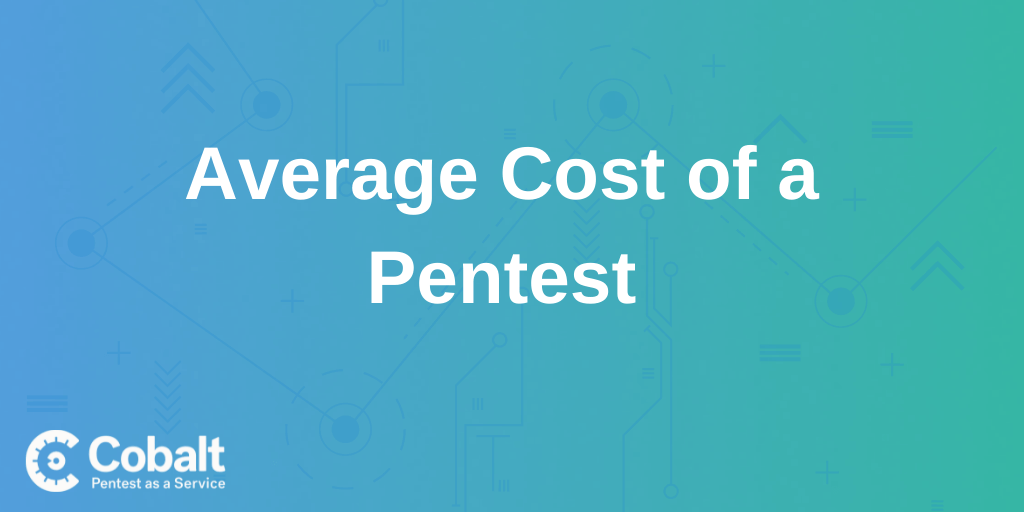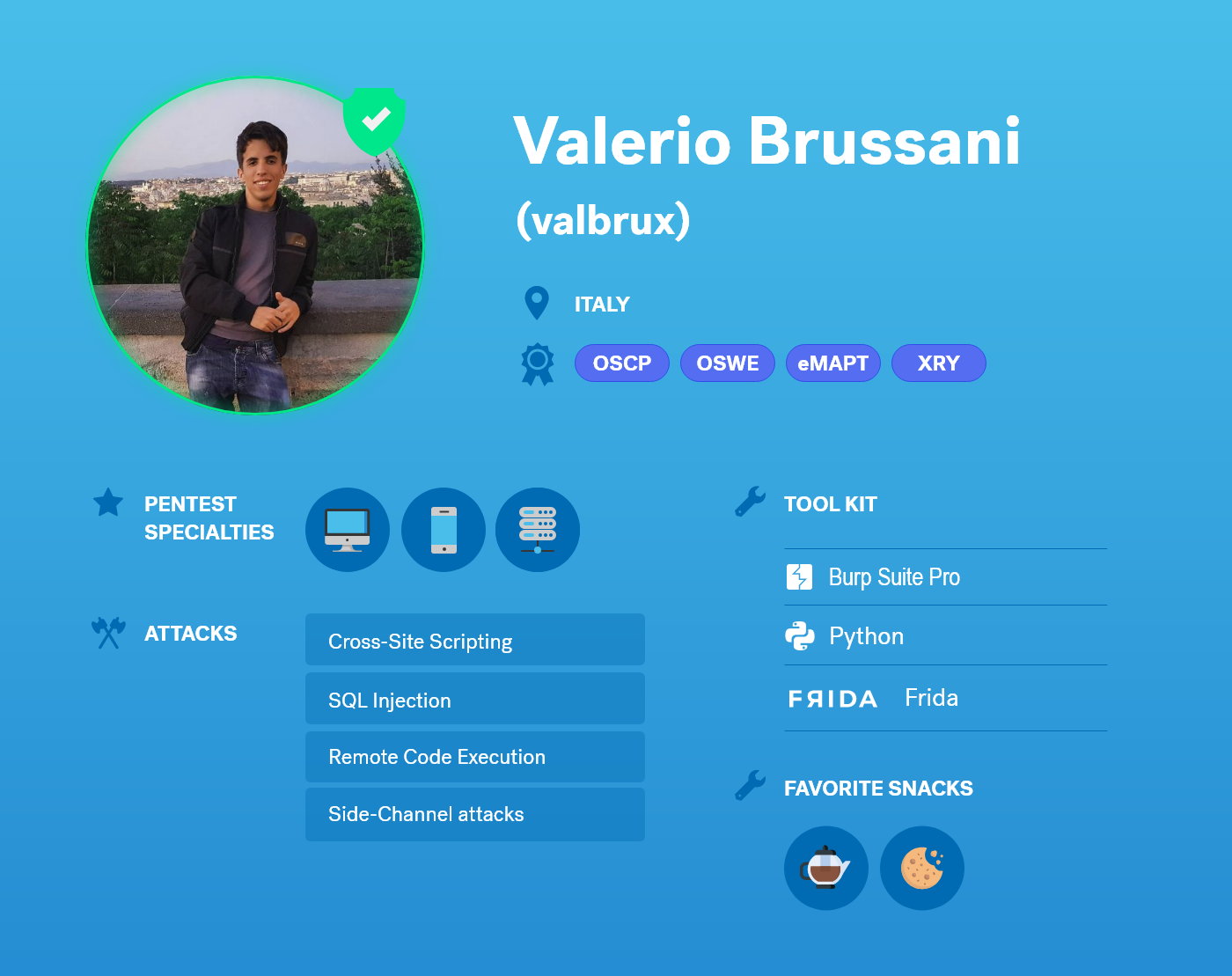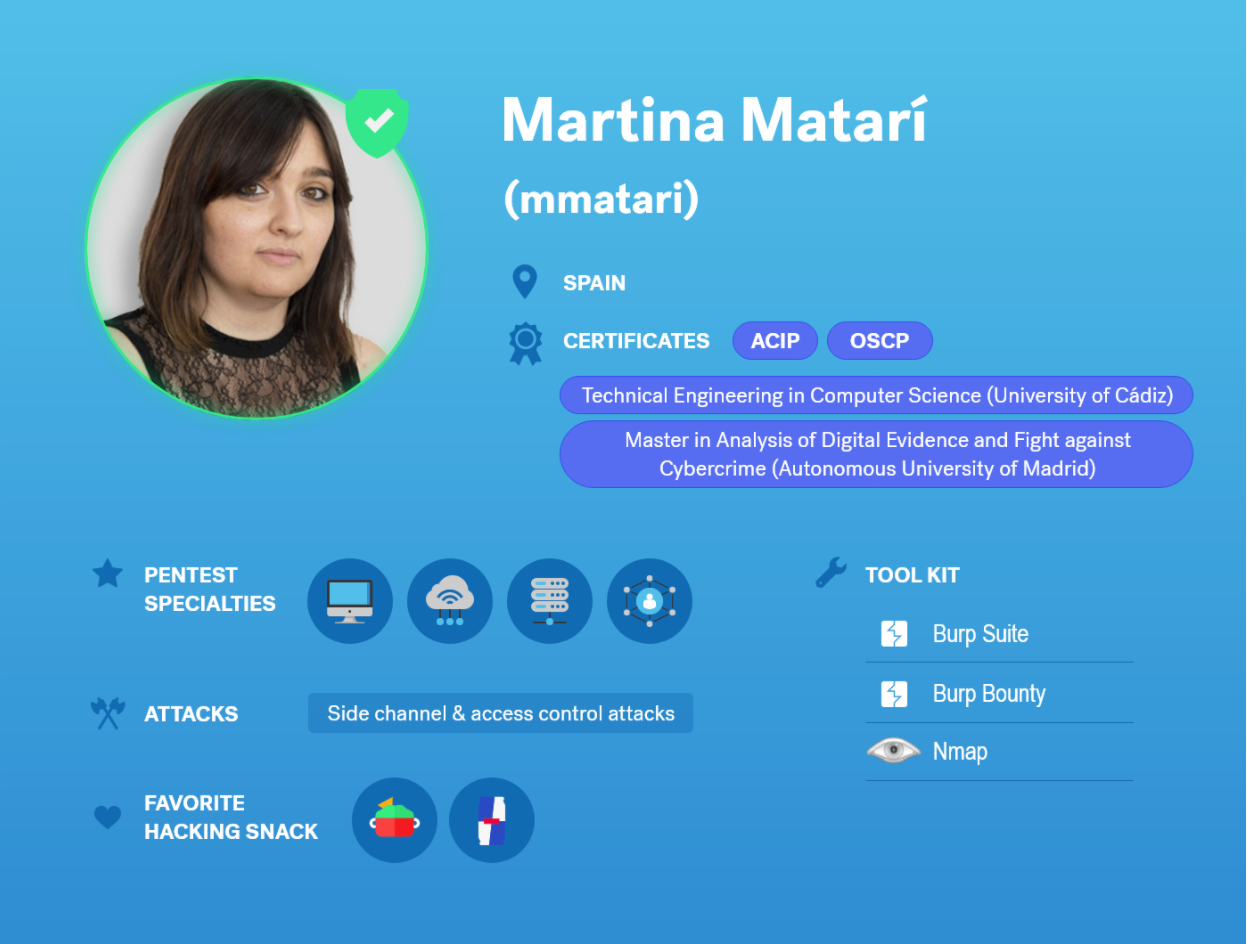With so many cyber attacks occurring around the world, cybersecurity continues to grow in importance for companies. With this in mind, companies need to prioritize their security more than ever before with proactive tactics such as those offered by pentesting.
With this increasing emphasis on security, companies small and large are starting to research pentesting, seeking insights into this more proactive cybersecurity tactic. Yet, many find themselves raising questions about pentesting to properly understand the service from a cost-benefit analysis.
To this point, understanding different pentesting costs and the potential return on investment for pentesting all are important aspects to consider.
In this post, we’ll aim to shed more light on pentesting costs. First, though, we’ll start with a brief overview highlighting what pentesting is and why it’s important by looking at pentesting metrics, before reviewing a summary about ROI of pentesting platforms such as Cobalt.
What is Pentesting?

Image of a Traditional Pentesting Model
Pentesting or penetration testing is a cybersecurity tactic aimed to simulate cyber attacks to expose and remediate vulnerabilities.
Pentesting is often referred to as a ‘red team’ tactic, a term taken from the military to describe offensive approaches to security. It fuels a proactive security program by actively seeking weak points in the system to then be fixed.
Companies taking a proactive approach to their cybersecurity programs benefit from the insights pentesters uncover during the testing process. These insights often include a variety of different vulnerabilities ranging from business logic exploits to misconfigured access control or other vulnerabilities highlighted by the OWASP top ten web application vulnerabilities. With knowledge of these vulnerabilities, engineers can then remediate the code to either eliminate the risk they present or remove it completely.
The benefits of such a proactive approach to a company’s security program should be easy to see with these points in mind. That being said, how do companies determine if pentesting is right for their company other than by understanding the service costs and calculating the potential return on investment? Let’s take a closer look.
How Much Does a Pentest Cost?
The simple answer is it depends. Factors that influence pentest costs such as the number of assets to be tested and how complex each of these assets are.
In general, the average cost of a pentest ranges from thousands of dollars for a small organization and simple test to more than hundreds of thousands of dollars for testing complex systems such as with a set of enterprise assets.
Why is Pentesting Important for Cybersecurity?
As companies look to invest in their cybersecurity, they should consider pentesting as a necessary component of their overall security program. With many different tactics supporting a strong security posture, companies should not overlook a proactive tactic such as that offered by pentesting.
Furthermore, while security scanners catch some vulnerabilities, many of the most common vulnerabilities today such as business logic, misconfiguration, or broken access control simply aren’t able to be properly caught with a scanning tool.
As highlighted in the State of Pentesting Report 2021, server security misconfigurations were the most common vulnerability discovered in 2020, accounting for nearly ⅓ of all 1,602 tests reviewed for the report. With vulnerabilities such as this, companies often should rely on the ingenuity of humans as offered with pentesting services.
ROI of Pentesting
While companies may not be able to draw a direct line between a security investment to prevent cyber attacks, the plethora of public cyber attacks in the last few years should be ample warning about the risks breaches pose to modern firms.
These risks range from a public relations nightmare to eroded trust with your customers, or even financial costs incurred to unlock stolen data or the fines cyber breaches can lead to. For example, Equifax still has over 100 million dollars to pay after they were fined nearly $800 million due to their system breach in 2017.
If you’d like to read more about the ROI of pentesting, check out the report from Dr. Chenxi Wang or read a summary of the report with valuable insights aimed to answer the question, “What value are we getting from our investments in our application security program?”
In closing, if you feel your company would benefit from increased cybersecurity and prefer to take a proactive approach to security, learn more about how the Cobalt Pentest as a Service platform can help!
Get started with pentest pricing and experience the benefits of Cobalt's Pentest as a Service (PtaaS) firsthand. Further, explore the economic benefits of penetration testing with Cobalt's PtaaS platform.




















